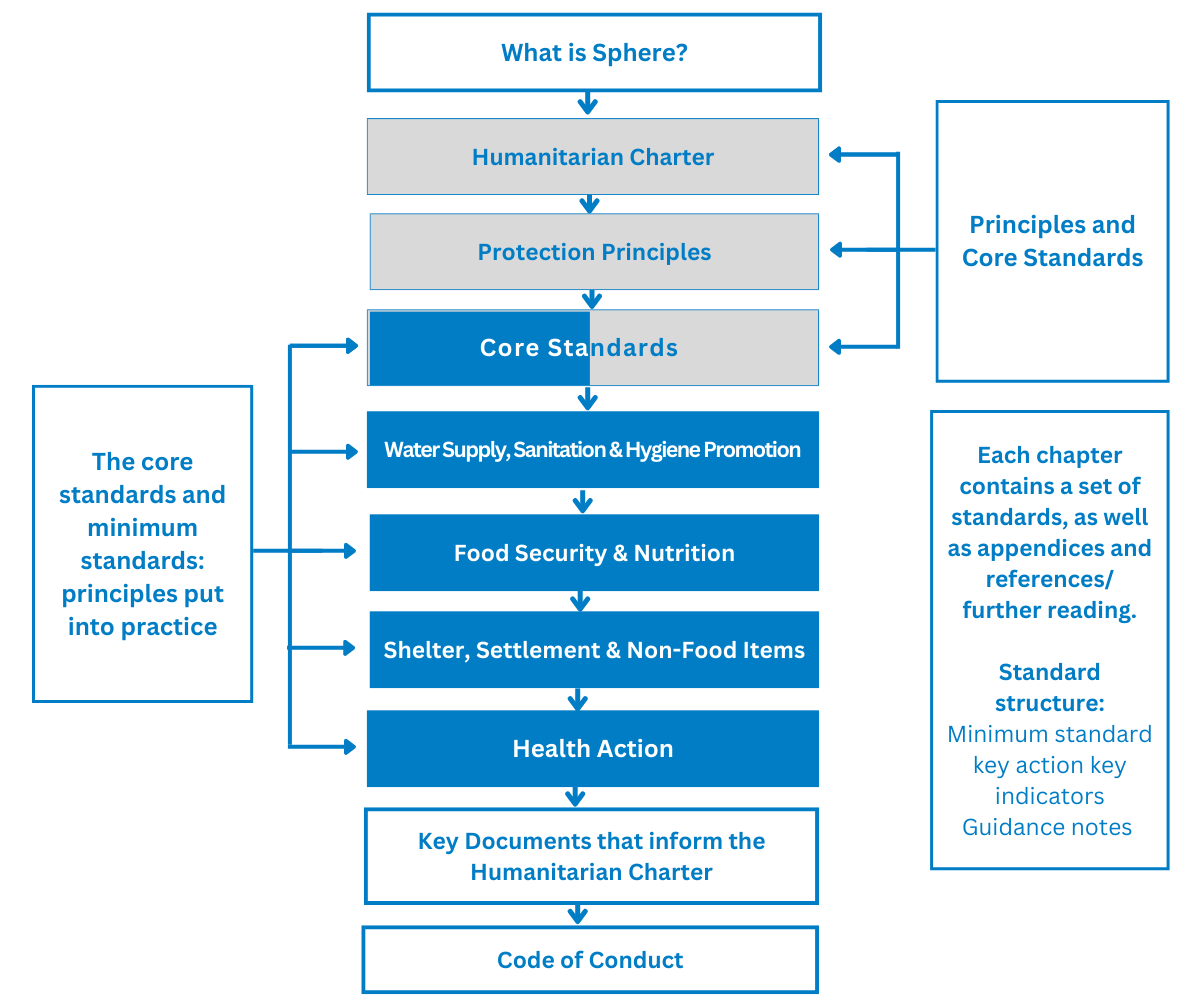Theory of Change for Development Program
The HIHAO enterprise creation approach is based on a philosophy of self-help and entrepreneurship – of unlocking potential. The majority of our target groups are the rural poor, defined by local criteria. Hand in Hand breaks down the barriers that prevent poor people, especially rural women, from seizing the opportunities that a growing economy provides.
HIHAO Theory of Change explored how change can most effectively achieve the overall goal of ‘poverty reduction and improved well-being. Hand in Hand has a core business-based philosophy of developing grassroots entrepreneurs and businesses to give people the skills and knowledge to get themselves out of poverty in a sustainable and long-term manner.
____________________________________________________________________________________________________________________________________________

Theory of Change for Market System Development
The Market System Development approach (MSD) evolved as an approach to support pro-poor growth. It aims to accelerate pro-poor growth by improving market outcomes that matter to the poor in their roles as producers, entrepreneurs, employees, or consumers. MSD focuses on changing the structure and characteristics of markets and market players to increase participation by the poor in terms that benefit them. It addresses the behavior of the private sector and, therefore, reinforces the strengths of market systems.
Through the MSD approach, HIHAO will improve the skills and technical knowledge of value chain actors, enabling them to reach export markets and improve their incomes. By scaling the value chain responsibly through the introduction of responsible business practices, women will be able to access more and better job opportunities, with improved workers’ rights and higher incomes. To ensure maximum impact for all value chain players, including women-led organizations, the HIHAO will also pursue the scaling of certifications such as ISO and EU organic.
____________________________________________________________________________________________________________________________________________

Theory of Change for Humanitarian Program
The theory of change for the humanitarian and emergency response project is based on the Sphere. The Sphere aims to improve the quality of actions during disaster response and to be held accountable for it. The Sphere’s philosophy on two core beliefs: first, that those affected by disaster or conflict have a right to life with dignity and, therefore, a right to assistance; and second, that all possible steps should be taken to alleviate human suffering arising out of disaster or conflict.
Striving to support these two core beliefs, the Sphere Project framed a Humanitarian Charter and identified a set of minimum standards in key lifesaving sectors which are now reflected in the Handbook’s four technical chapters: water supply, sanitation and hygiene promotion; food security and nutrition; shelter, settlement and non-food items; and health action. The Core Standards are process standards and apply to all technical chapters.
The minimum standards are evidence-based and represent sector-wide consensus on best practice in humanitarian response. Key actions, key indicators and guidance notes accompany each standard, providing guidance on how to attain the standards. The minimum standards describe conditions that must be achieved in any humanitarian response in order for disaster-affected populations to survive and recover in stable conditions and with dignity. The inclusion of affected populations in the consultative process lies at the heart of Sphere’s philosophy. The Sphere Project, consequently, was one of the first of what are now known as the quality and accountability (Q&A) initiatives.
___________________________________________________________________________________________________________________________________________

Theory of Change for Peace-building Programs
The overall objective of peace-building is to empower women, men, and youth to understand their rights and be able to raise their voices, resolve household and community-level conflicts, and improve their security in the project area.
Mainstreaming of conflict sensitivity throughout the project ensures safe, accessible, dignified, and inclusive service delivery of the project for the intended communities and as the result of the program and there is no harm to the targeted community.
